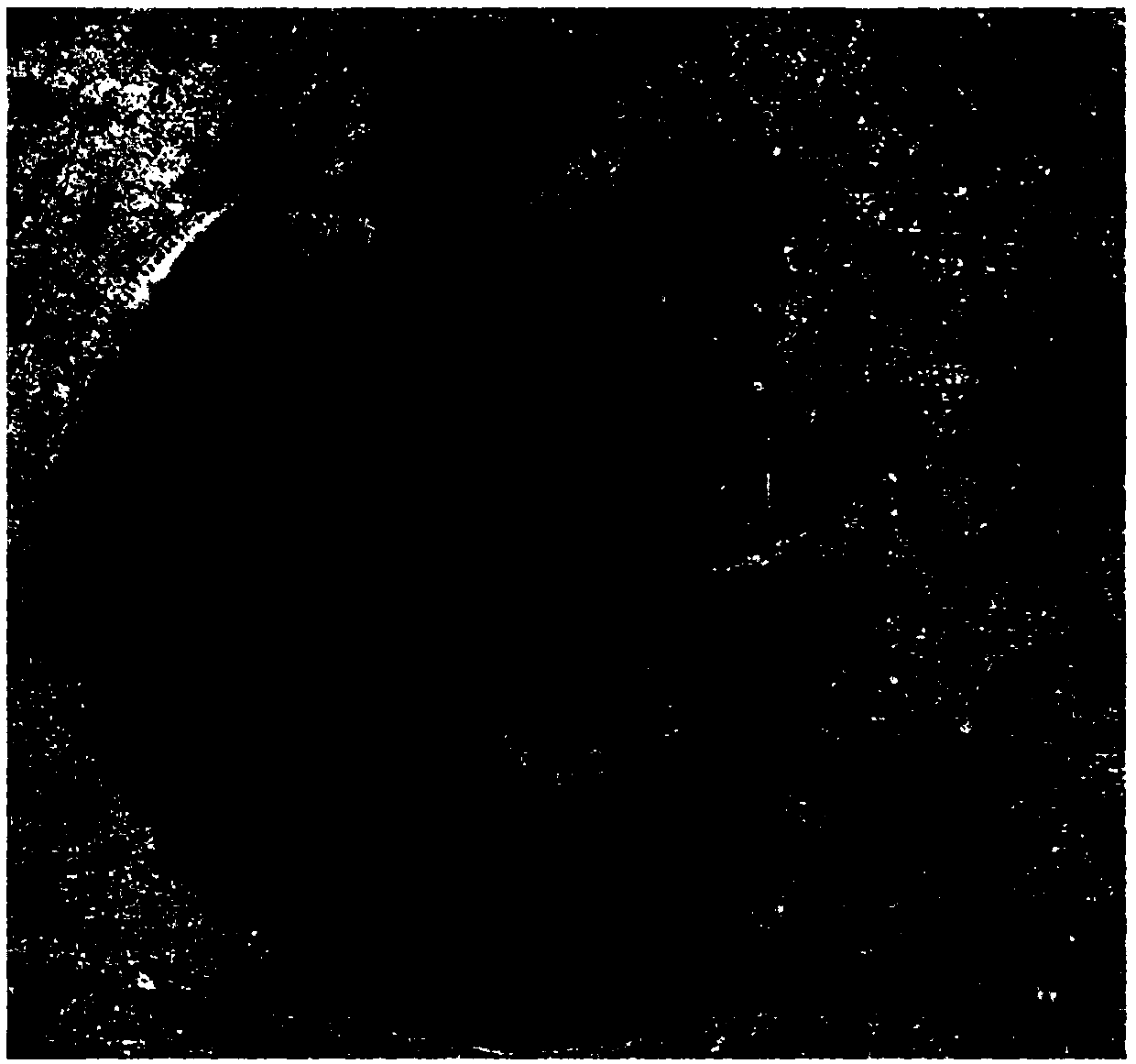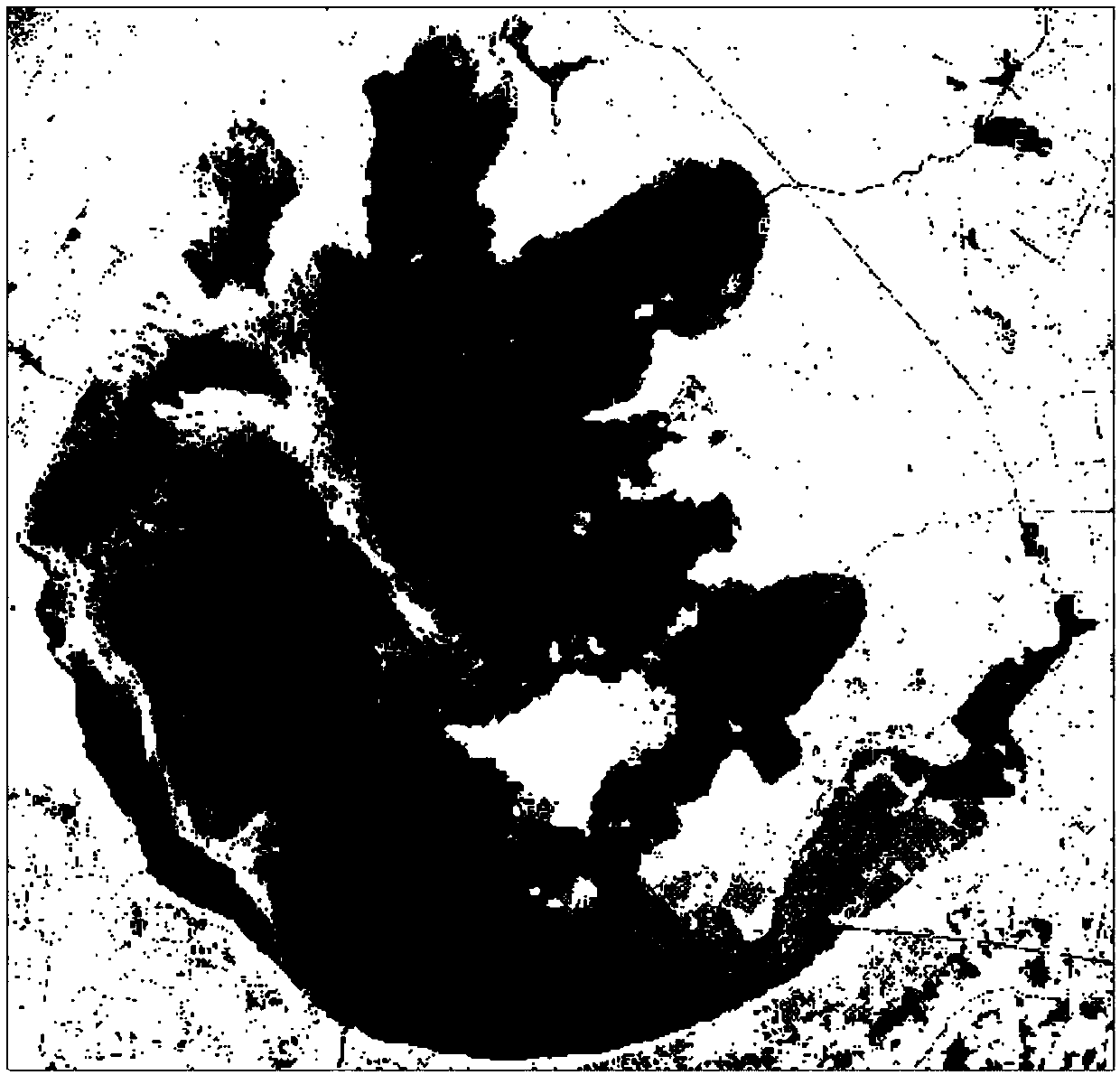A remote sensing image-based inland water body blue-green algae classification and recognition method
A remote sensing image, classification and recognition technology, applied in the field of image processing, can solve the problem of inability to monitor the cyanobacteria on the lake surface in a timely and accurate manner, and achieve the effect of improving the accuracy and reducing the workload.
- Summary
- Abstract
- Description
- Claims
- Application Information
AI Technical Summary
Problems solved by technology
Method used
Image
Examples
Embodiment Construction
[0036] In order to further describe the technical features and effects of the present invention, the present invention will be further described below in conjunction with the accompanying drawings and specific embodiments.
[0037] refer to Figure 1 to Figure 7 As shown, a classification and recognition method of inland water cyanobacteria based on remote sensing images,
[0038] figure 1 It is a schematic diagram of the artificial neuron mathematical model of the present invention, and each neuron unit is a simulation pattern of neuron cells in the biological neural network, which has the characteristics of multiple inputs and single output, and is a nonlinear element in the artificial neural network. then, figure 2 It is a schematic diagram of a three-layer BP neural network model in the present invention, and the BP neural network is composed of an input layer, one or more hidden layers and an input layer. After the above analysis, it is known that only one hidden laye...
PUM
 Login to View More
Login to View More Abstract
Description
Claims
Application Information
 Login to View More
Login to View More - R&D
- Intellectual Property
- Life Sciences
- Materials
- Tech Scout
- Unparalleled Data Quality
- Higher Quality Content
- 60% Fewer Hallucinations
Browse by: Latest US Patents, China's latest patents, Technical Efficacy Thesaurus, Application Domain, Technology Topic, Popular Technical Reports.
© 2025 PatSnap. All rights reserved.Legal|Privacy policy|Modern Slavery Act Transparency Statement|Sitemap|About US| Contact US: help@patsnap.com



